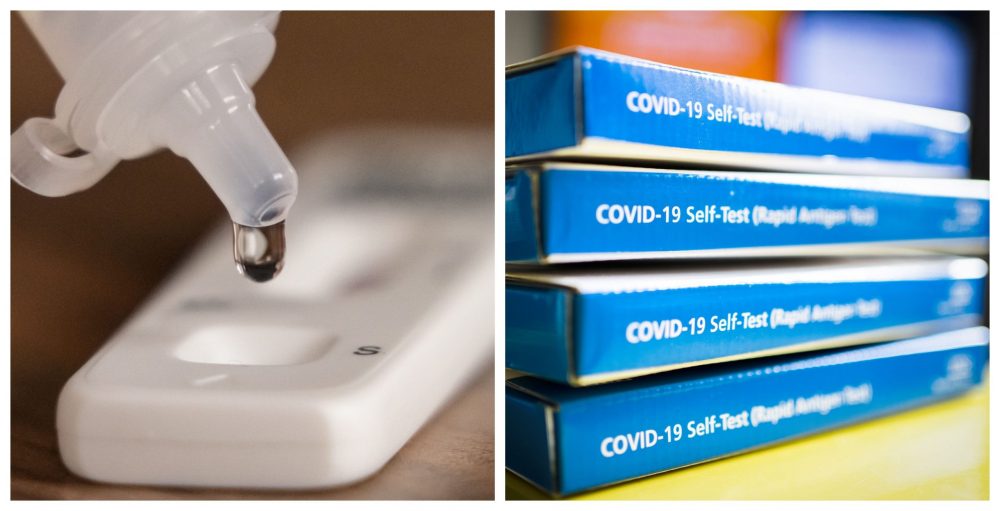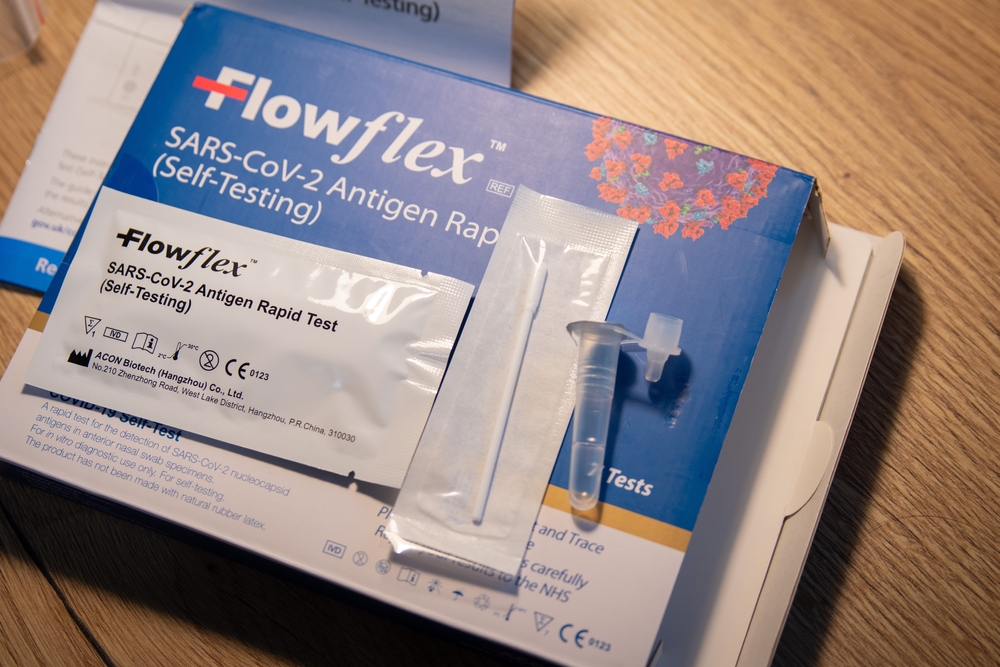
Coronavirus
Figures show ‘no difference’ in infection rates among holidaymakers and those who stay at home
5 years ago

Those who have been on holiday have similar rates of Covid-19 infection to those who have not, according to the latest data.
New figures from the Office for National Statistics (ONS) show there is “no longer a difference” in the rate of infections between those who have travelled abroad and those who have not.
A major long-term study to track Covid-19 in the population had previously found that there were higher positivity rates among people who had travelled aboard compared with those who had not.
But data from the most recent fortnight analysed found no statistical difference in the rate of positive cases between those who travelled and those who stayed at home.

Between September 25 and October 8 just 3% of participants had travelled abroad.
And 0.49% of those who had said they had not travelled abroad in the last 30 days tested positive for the virus, compared with 0.58% who had travelled.
The ONS study, which reported the “characteristics” among those who tested positive for Covid-19 also found:
– Urban areas in England have higher positivity rates than rural areas.
– 34% of those who tested positive had no symptoms when they were tested.
– 32% of those who tested positive had cough, fever or anosmia at the time of their test.
– Those aged 17 to 24 had higher rates of positive Covid-19 swabs both in areas where there were high levels of infection and in areas with low levels of infection.
Katherine Kent, co-head of analysis for the Covid-19 Infection Survey, said:
“We’ve seen that urban areas are more likely to have higher rates of Covid-19 infections than rural areas in most regions.

“Analysis now shows that, unlike before, there is no longer a difference in the rate of infections between those who have travelled abroad and those who haven’t.
“When looking back at the whole duration of the survey, we are still seeing that a fairly low percentage of people who test positive report any symptoms at the time of their test, although this has increased since a low in late June and July.”









 Subscribe
Subscribe Follow Us
Follow Us Follow Us
Follow Us Follow Us
Follow Us Follow Us
Follow Us Follow Us
Follow Us











